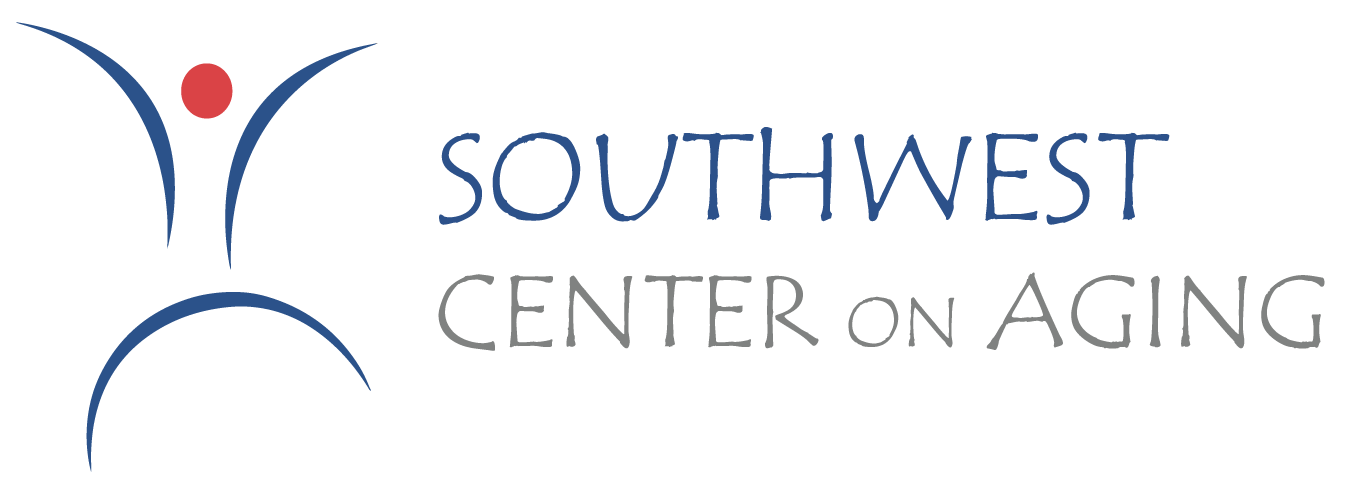From the time you are born to around the time you turn 30, your muscles grow larger and stronger. But at some point, in your 30s, you start to lose muscle mass and function. Physically inactive people can lose as much as 3% to 5% of their muscle mass each decade after age 30. Even if you are active, you’ll still have some muscle loss due to aging. Sarcopenia typically happens faster around age 75. But it may also speed up as early as 65 or as late as 80. It’s a factor in frailty and the likelihood of falls and fractures in older adults. The causes of sarcopenia is still not well understood, but we know that as we age we loss nerve cells sending signals to the muscles, we have lower concentrations of some hormones, including growth hormone, testosterone and insulin-like growth factor. Recent studies have suggested the role of inflammation in sarcopenia. It has been shown that sedentary older adults have higher levels of inflammatory markers before and after exercise compare to younger and older adults who exercise potentially leading to fewer gains in muscle mass with exercise.
The question is: what can I do about it?
Well you know the answer. The primary treatment for sarcopenia is exercise, specifically resistance training or strength training. These activities increase muscle strength and endurance using weights or resistance bands. Although medication is not the preferred treatment for sarcopenia, a few are being studied. They include: testosterone supplements, growth hormone supplements and medications to treat metabolic syndrome (insulin resistance, obesity and hypertension). For those who are exercising at least 5 times a week congratulations and for those who are thinking about it, is never too late. Something is better than nothing. Hope it helps. Let’s celebrate aging!
